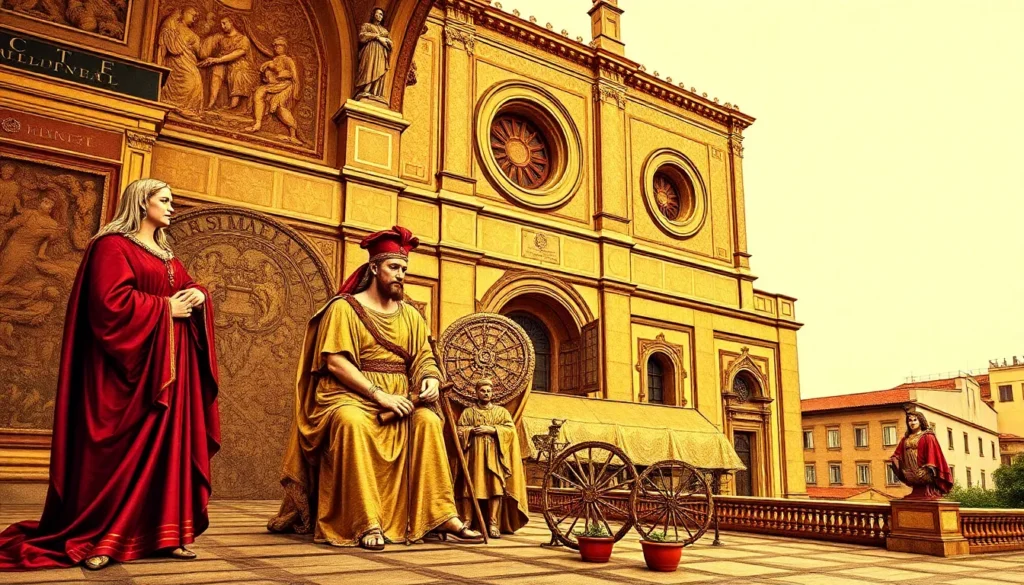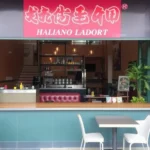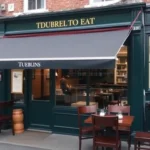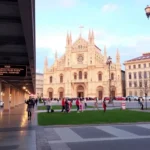Facts About the Medici Family of Florence

- 1. Key Figures of the Medici Family
- 2. The Rise from Merchants to Monarchs
- 3. Palazzo Médici-Riccardi: The Seat of Power and Art
- 4. The Ancestors of Crowdfunding
- 5. Support for Galileo
- 6. The Secret Passage of the Medici
- 7. The Laurenziana Library
- 8. The Culinary Legacy of Caterina de' Medici
- 9. Lorenzo the Magnificent: Poet and Patron
- 10. The Pazzi Conspiracy
Have you ever wondered how a family of merchants could transform into one of the most powerful dynasties in Renaissance history? Discover the captivating story of the Medici family, whose influence extended beyond wealth, shaping politics, art, and culture in Italy. This article unveils the intriguing facts and secrets behind this legendary family.
1. Key Figures of the Medici Family
To truly appreciate the Medici legacy, we must explore the individuals who shaped its narrative. Here is a brief overview of the six most significant members of the Medici family, each leaving an indelible mark on Florence and the Italian Renaissance:
- Giovanni di Bicci de' Medici: The founder of the Medici financial empire in the 14th century, Giovanni was the patriarch who laid the economic foundations for the family.
- Cosimo de' Medici (Cosimo il Vecchio): Grandson of Giovanni, Cosimo was the driving force behind the Medici rise to power in Florence. He funded artistic projects and was pivotal in making Florence a vibrant Renaissance hub.
- Lorenzo de' Medici (Lorenzo il Magnifico): Probably the most famous Medici, Lorenzo was known for his patronage of the arts and his extravagant lifestyle, which fueled a cultural renaissance in Florence.
- Giovanni de' Medici (Pope Leo X): The son of Lorenzo, Giovanni became Pope Leo X in 1513, continuing his family’s tradition of supporting the arts while navigating the political turmoil of his time, including the Protestant Reformation.
- Giulio de' Medici (Pope Clement VII): Brother to Giovanni, Giulio became Pope Clement VII a decade later, overseeing significant events such as the Sack of Rome and the church's internal divisions.
- Caterina de' Medici: The daughter of Lorenzo II, Caterina married Henry II of France, influencing French court politics and introducing Italian culinary traditions to France.
2. The Rise from Merchants to Monarchs
The Medici journey began in the 14th century with Giovanni di Bicci de' Medici, whose financial acumen was unparalleled. He established a banking empire that utilized innovative banking practices, setting the stage for the family’s rise to power.
With a commercial network extending from local markets to international trade routes, the Medici amassed wealth that would herald their political ascendance. Their financial influence allowed them to become key players in Florentine politics, ultimately shaping the city’s governance.
3. Palazzo Médici-Riccardi: The Seat of Power and Art
No discussion of the Medici is complete without mentioning the magnificent Palazzo Médici-Riccardi in Florence. Designed by the talented Michelozzo di Bartolomeo in the 1440s, this Renaissance palace served as the family's political center and primary residence.
As a remarkable architectural creation, the palace stands as a testament to the refined taste and artistic vision of the Medici. Visitors today can explore its beautifully decorated interiors, stunning frescoes, and enchanting gardens, immersing themselves in the opulence that characterized the family's lifestyle. For those interested, guided tours are available for a deeper understanding of its history.
4. The Ancestors of Crowdfunding
The Medici were pioneers of patronage, supporting the arts not merely out of generosity but as a deliberate strategy to enhance their prestige. Their financial backing ensured that artists like Leonardo da Vinci, Michelangelo, Botticelli, and Raphael could create masterpieces that defined the Renaissance.
This culture of patronage not only enriched Florence’s artistic landscape but also cemented the Medici’s legacy as champions of art and beauty, influencing generations to come.
5. Support for Galileo
The Medici family also played a crucial role in the advancement of scientific thought. One of the most notable beneficiaries of their support was Galileo Galilei, who received both financial backing and protection from the Medici as he pursued his groundbreaking research in physics and astronomy.
Through their patronage, Galileo was able to develop and disseminate revolutionary ideas that significantly advanced European scientific thought, setting the stage for the Scientific Revolution.
6. The Secret Passage of the Medici
In 1549, the Medici acquired the stunning Palazzo Pitti, located across the Arno River. They expanded and remodeled it to reflect their sophisticated tastes, notably enhancing the beautiful Boboli Gardens. However, one intriguing feature of this palace is the Corridoio Vasariano.
This secret passage connects the imposing Palazzo Vecchio with the grand Palazzo Pitti. Constructed by the brilliant Giorgio Vasari in 1565, it served as a discreet route for the Medici, allowing them to move between residences without mingling with the public. Additionally, it functioned as a private art gallery, showcasing priceless artworks and self-portraits.
7. The Laurenziana Library
The Laurenziana Library, established by Lorenzo de' Medici in the 15th century, is a cultural treasure celebrated for its Renaissance architecture and its invaluable collection of ancient manuscripts and rare books. This library symbolizes the Medici's passion for knowledge and learning.
Among its most treasured items is the Codex Amiatinus, an 8th-century Latin Bible that exemplifies exquisite caligraphy and medieval religious devotion. This manuscript is one of only three copies in existence, reflecting the library's diversity, which spans classical literature, history, philosophy, theology, and science.
8. The Culinary Legacy of Caterina de' Medici
Upon marrying Henry II of France, Caterina de' Medici brought with her a wealth of culinary innovations, introducing previously unknown ingredients, herbs, and cooking techniques to the French court. Her lavish banquets became renowned not only for their opulence but also for showcasing culinary creativity, including the introduction of desserts like ice cream and innovative uses of sugar.
This gastronomic legacy significantly enriched the French culinary landscape, laying the groundwork for the sophisticated pastry traditions that would later define French cuisine.
9. Lorenzo the Magnificent: Poet and Patron
Lorenzo de' Medici was not only a formidable political figure but also a talented poet. He penned a poem dedicated to the Roman god of wine, Bacchus, which continues to be studied today. One of its famous lines reads: “Quant’è bella giovinezza che si fugge tuttavia! Chi vuol esser lieto, sia: di doman non c’è certezza.” It captures the essence of enjoying youth while one can, echoing the timeless sentiment of carpe diem.
10. The Pazzi Conspiracy
The Medici were not universally beloved; the Pazzi family represented a faction of Florentine elites who resented their dominance. This discontent culminated in the infamous Pazzi Conspiracy of 1478, an assassination attempt during a mass at Florence Cathedral.
The conspirators fatally stabbed Giuliano de' Medici, while his brother Lorenzo narrowly escaped. Although the conspiracy failed, it ultimately solidified the Medici's grip on political power in Florence, demonstrating their resilience amidst adversity.
Through the twists and turns of history, the Medici family has left an indelible mark on Florence and the larger narrative of the Italian Renaissance. Their story is one of intrigue, power, and lasting cultural influence.
To delve deeper into this captivating history, check out this insightful video:
| Save on your trip |
| Compare and find cheap flights here |
| Find accommodation at the best prices here |
| Book activities and tours in Spanish here |
| 5% off your travel insurance with IATI here |
| Book airport transfers here |
| Get a €10 gift by booking transport across Europe here |
| Learn how to withdraw money without fees here |
| 5% discount on your eSIM from Holafly here |
| Rent a car with the best offers here |
| Compare prices for van rentals here |
| The best books and travel guides here |
| All our articles about Italy |




Deja una respuesta